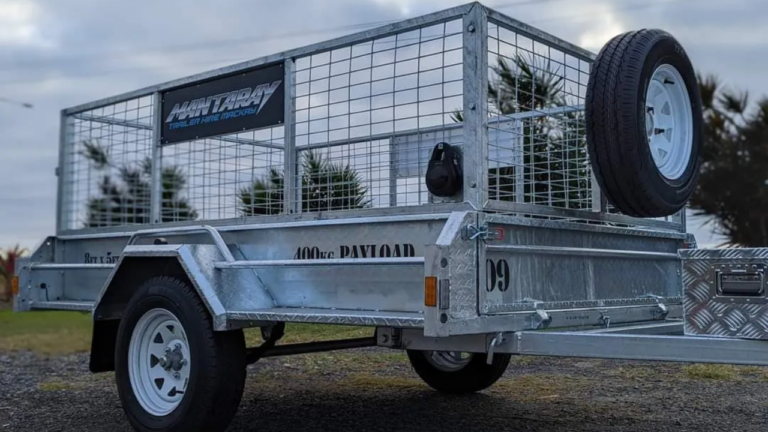How Long Does It Take to Build a Jetty?
Jetty construction is a complex and multi-faceted process influenced by various factors, including project scope, site conditions, regulatory requirements, and environmental considerations. Understanding these elements is crucial for estimating the timeframe accurately. This article explores the typical duration of jetty construction, highlighting the steps involved and the variables that can affect the timeline.
The Steps Involved In Jetty Construction
1. Project Planning and Design
The first phase in jetty construction involves extensive planning and design. This stage includes:
- Feasibility Studies: Assessing the project’s viability, environmental impact, and economic benefits.
- Site Surveys: Conducting detailed geotechnical and hydrological surveys to understand the seabed conditions, tidal patterns, and environmental constraints.
- Design and Engineering: Creating detailed blueprints and engineering plans that incorporate structural integrity, materials, and safety standards.
This phase can take anywhere from a few months to over a year, depending on the project’s complexity and the thoroughness of the surveys and design requirements.
2. Regulatory Approvals and Permits
Securing the necessary regulatory approvals and permits is a critical step in jetty construction. This involves:
- Environmental Impact Assessments (EIA): Evaluating the potential environmental effects and proposing mitigation measures.
- Permitting: Obtaining construction permits from local, state, and federal authorities, which may include zoning approvals, environmental permits, and navigational clearances.
The permitting process can be time-consuming, often taking six months to two years, depending on the jurisdiction and the project’s environmental sensitivity.
3. Mobilization and Site Preparation
Once approvals are in place, the next phase of jetty construction is mobilizing equipment and preparing the site. This includes:
- Transporting Equipment and Materials: Moving heavy machinery, construction materials, and personnel to the site.
- Site Clearing and Dredging: Clearing the construction area of any debris, vegetation, or existing structures, and dredging the seabed if necessary to provide a stable foundation.
This phase can take several weeks to a few months, depending on the site’s accessibility and the extent of preparatory work required.
4. Foundation and Piling
Laying the foundation is a crucial step in jetty construction, involving:
- Driving Piles: Installing piles into the seabed to provide structural support for the jetty. This can involve using steel, concrete, or timber piles, depending on the design specifications.
- Piling Challenges: Encountering hard seabed conditions or underwater obstacles can extend the piling process.
Piling typically takes a few weeks to several months, influenced by the number of piles required and the seabed conditions.
5. Superstructure Construction
With the foundation in place, the next phase of jetty construction is building the superstructure. This involves:
- Decking Installation: Constructing the jetty deck using materials like timber, concrete, or steel.
Installing Fixtures: Adding necessary fixtures such as railings, bollards, lighting, and fender systems.
The superstructure construction phase can range from a few months to over a year, depending on the jetty’s size, design complexity, and weather conditions.
6. Environmental Mitigation and Landscaping
Jetty construction often requires environmental mitigation efforts to minimize ecological impacts. This includes:
- Erosion Control: Implementing measures to prevent shoreline erosion caused by construction activities.
- Habitat Restoration: Restoring any disturbed habitats, such as replanting seagrasses or mangroves.
These activities can run concurrently with construction and may take several weeks to months to complete.
7. Inspection and Final Approvals
The final phase of jetty construction involves thorough inspections and obtaining final approvals. This includes:
- Quality Inspections: Ensuring that all construction meets the required standards and specifications.
- Regulatory Inspections: Having regulatory bodies inspect the jetty to confirm compliance with permits and regulations.
Final inspections and approvals typically take a few weeks, but any required modifications or corrections can extend this phase.
Factors Influencing Jetty Construction Timeline
Several factors can influence the overall duration of jetty construction:
- Weather Conditions: Adverse weather, such as storms or high tides, can delay construction activities, especially in coastal and offshore environments.
- Environmental Sensitivities: Projects in environmentally sensitive areas may face additional restrictions and longer approval times.
- Logistical Challenges: The availability of materials, equipment, and skilled labor can affect the project timeline.
- Regulatory Delays: Lengthy permitting processes and regulatory requirements can extend the project duration.
Conclusion
The timeframe for jetty construction can vary widely based on numerous factors. On average, the entire process—from planning and design to final inspections—can take anywhere from one to three years. This estimation considers the complexities of site conditions, regulatory approvals, environmental considerations, and construction challenges.
Understanding these stages and their associated timelines is crucial for effective project management and planning. By anticipating potential delays and incorporating flexibility into the schedule, stakeholders can better navigate the complexities of jetty construction and achieve successful project completion.






